DC Comics kicked off their 2019 Emerald City Comic Con with a panel showcasing the heroes of the DC Universe, with a distinct focus on the Wonder Comics imprint. Moderated by Mike Avila of SyFyWire, the panelists included writers Kelly Sue DeConnick (Aquaman), Mark Russell (Wonder Twins), and David F. Walker (Naomi), and artists John Timms (Harley Quinn, Catwoman) and Stephen Byrne (Wonder Twins, Mera: Tidebreaker).
Kelly Sue DeConnick started the panel by joking that it was nice of Warner Brothers to make an Aquaman movie just as she was taking over the book. She described Aquaman as a ‘sexy water guy’, and as an elemental character on a mythic scale. Creation myths always begin in the water, she said, and she wants people to think about Aquaman being the champion of the entire ocean and not just Atlantis. DeConnick described trying to establish a ‘basic grounding’ for the character that is both respectful of the character’s history and existing fanbase, and accessible to people coming to the series from either the movie or one of her other titles. Her approach to Aquaman is as a hyper-masculine character whose defining power is his telepathy—the ability to ask for help.
John Timms joined Catwoman with the current issue #9, a standalone story written by Ram V. He has been working on Harley Quinn for a number of years, and said he was excited for the opportunity to work on something different. Describing his approach to the character, Timms said his work on Catwoman is a little bit darker than his work on Harley Quinn. It was then announced that, beginning with Young Justice #4, Timms will join Pat Gleason on the art. A longtime fan of the property, Timms said that Bendis met him at a past ECCC and mentioned doing something together. Timms will draw the Gemworld sequence in issue #4, and provide full art for YJ #5.
On the subject of Naomi, David F. Walker described the process of creating the character with Bendis. The two have known each other for years as teachers in Portland, and they had been talking about doing something at Marvel before Bendis left for DC. When Bendis got sick last year, he told Walker they were still going to do a book together (DeConnick chimed in her to say that’s how she ended up on Aquaman as well). Walker was surprised when the book was greenlit by DC, joking that Dan Didio only said yes because Bendis was so sick. Walker praised artist Jamal Campbell’s work on the book, saying that he and Bendis have to work less hard as a result of the strength of the art. To that point, Walker told a story about Bendis realizing just how good an artist Campbell is and writing an extremely challenging script for an upcoming issue of the series, including a forty-odd-panel two-page spread. Naomi #3 comes out on Wednesday, and Walker teased two huge reveals in the issue that will ultimately lead to the truth about the character in the following issues. In a playful ominous tone, Walker said the reveals would “change everything you thought you knew about the DC Universe.”
Mark Russell said his tackling Wonder Twins was also Bendis’s idea after the two were on a panel at last year’s ECCC. Russell said he was initially excited about the prospect because they’re characters he was already familiar with and that he knew he could use to tell stories he’s interested in. When it comes to overcoming the preconceived notion of the characters being a joke, Russell said he approaches writing the characters from their perspective and not from the outside. He describes the Twins as “a ready metaphor for the post-millennial generation,” arriving in a world that is basically a mess. Russell and Wonder Twins artist Stephen Byrne met for the first time right before the panel, which Byrne described as a pretty common occurrence in the industry. On designing the characters’ new looks, Byrne talked about trying to find a costume approach that was halfway between their original Super Friends costumes and something that’s totally modern. “The Wonder Twins trying to be cool isn’t quite the right vibe for them,” he said. Russell also talked about the characters being relatable as superheroes who make mistakes, as opposed to Superman or Batman. Russell called the series “part manifesto about the human race and part after-school special,” including dealing with humiliation. All of the terrible experiences that Batman and Superman tell the Twins early in the series happened to them in high school actually happened to Russell, who called writing “suffering in public.”
Regarding Wonder Comics, Walker described a particularly cynical conversation he had with Bendis where he pitched the idea of a hero who doesn’t go on the traditional hero’s journey. Bendis waited a day before going back and talking to Walker about how that wouldn’t work and that the books need to be accessible to new readers. He acknowledged that he and Bendis are middle-aged men and that they recognize their responsibility to bring in new readers to keep the industry alive. He loves it when someone his own age tells him they like his work, but Walker said it’s “so much better” when a younger reader does the same thing, given how hard it is to get and hold the attention of a 10-year-old.
Russell said he thinks that DC has a reputation as being “grim-dark,” and in some ways he feels like “a ska band that’s signed to a heavy metal label.” The point of Wonder Comics, Russell said, is to create “extra flavors” that build on the DC brand. Walker mentioned Wolfman and Pérez’s New Teen Titans as the heyday of DC, a book that you would think would be aimed for kids but that was telling adult-themed stories that are still all-ages accessible. DeConnick then briefly railed on how hard it is to find comics that are all-ages appropriate, and the idea that “‘dark’ equals ‘important’” and of confusing bleakness with substance. “If I want bleak, I will turn on CNN,” she said, and the panelists all agreed that hope is what we need right now in our comics. She praised Bendis for being ‘buoyant’ and endlessly positive, and the perfect person to write Superman. Timms also said that Bendis is an excellent collaborator and communicator.
The discussion turned to Byrne, who in addition to Wonder Twins is also the artist on Mera: Tidebreaker, the forthcoming DC Ink title written by Danielle Paige. The book goes on sale April 2nd, and Byrne joked that his approach to working on the book was “get the pages done in time for the deadline.” He praised colorist David Calderon’s work on the book, and said that the book is very accessible for new, younger readers. Byrne mentioned seeing some people online who’ve posted pictures of their daughters reading advance copies of the book, which he said was really important.
Answering a question from Avila about writers giving feedback to artists, Russell joked that Byrne’s instincts are generally better than his. DeConnick mentioned that she gives coloring notes both in the script and afterward. The writer described having a ‘color meeting’ for a pilot she wrote for NBC, and said she thinks that’s something that should be done in comics as well. She also described wanting colorists to feel like storytellers as much as the other creators on the book are. Walker said that Jamal Williams colors his own work on Naomi, and that he very rarely gives notes unless something needs to be colored specifically for the story. He talked about a time on Cyborg when an editor gave a coloring note and series artist Ivan Reis vehemently defended the colorist’s decision, ultimately laying out his color theory, which has stuck with Walker to this day. Bendis will weigh in a bit more, Walker said, continuing that it’s the responsibility of the writer to understand things about color in order to help establish a mood or tone for the story. DeConnick then recommended the book If It’s Purple, Someone’s Gonna Die: The Power of Color in Visual Storytelling by Patti Bellantoni as being a good guide to coloring.
Avila asked the panelists what character they would pitch a story for if they had the chance. Walker replied that he once pitched an Apache Chief and Black Vulcan team-up story a long time ago, and that he still stands by that pitch. He also mentioned a ‘radical, out-there’ Joker idea he has. Byrne said he’d like to work on a story about a person without any powers and how they experience the DC Universe. Russell also described a past pitch of his for an alternate retelling of The Joker’s origin as a failing ’80s comedian who starts doing increasingly bizarre performance art that gains him a following and ultimately leads to him being The Joker. DeConnick said that she traditionally declines to answer this question because she either doesn’t want it to look like she’s out to steal another writer’s job or she doesn’t want to remind an editor that a character she wants to write isn’t being used. She did say that in every TV meeting she takes she pitches a revamp of KISS Meets the Phantom of the Park, which she is completely serious about. Timms said he would like to see a story about John Constantine and Death in the age of social media.
A smattering of audience questions following, including one about Young Justice‘s Teen Lantern. Timms said he’s still getting used to the cast of the title and that he doesn’t really know her background yet, adding that Teen Lantern and Ginny Hex are great characters to draw. Walker mentioned Bendis having “crazy plans” for the character, and that she may have been created as a reflection of Bendis having teenagers in his house now. Another audience member asked about whether Matt Fraction’s forthcoming Jimmy Olsen book was another promise made while Bendis was deathly ill. DeConnick was coy about it, unsure whether the book had actually been announced or not, but did say that “If it does exist, it’s probably really good.”
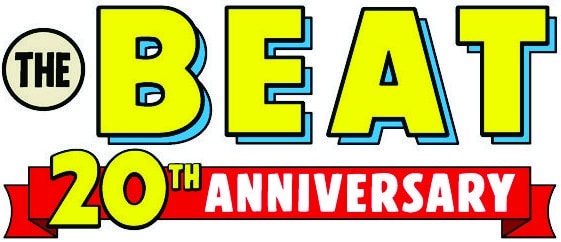
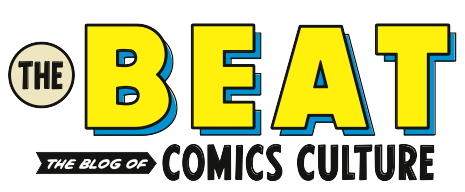
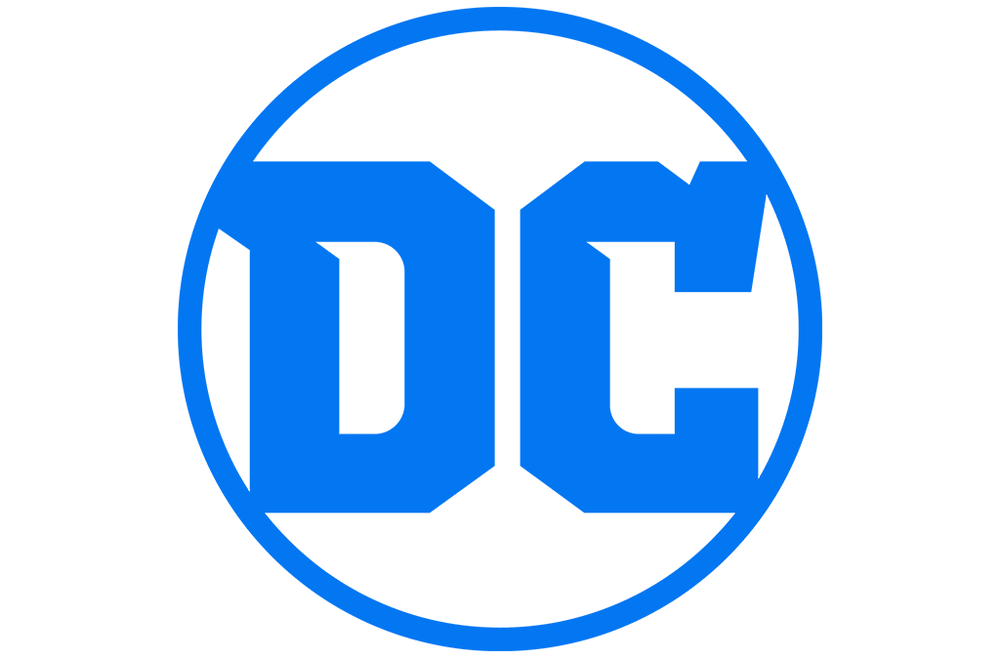
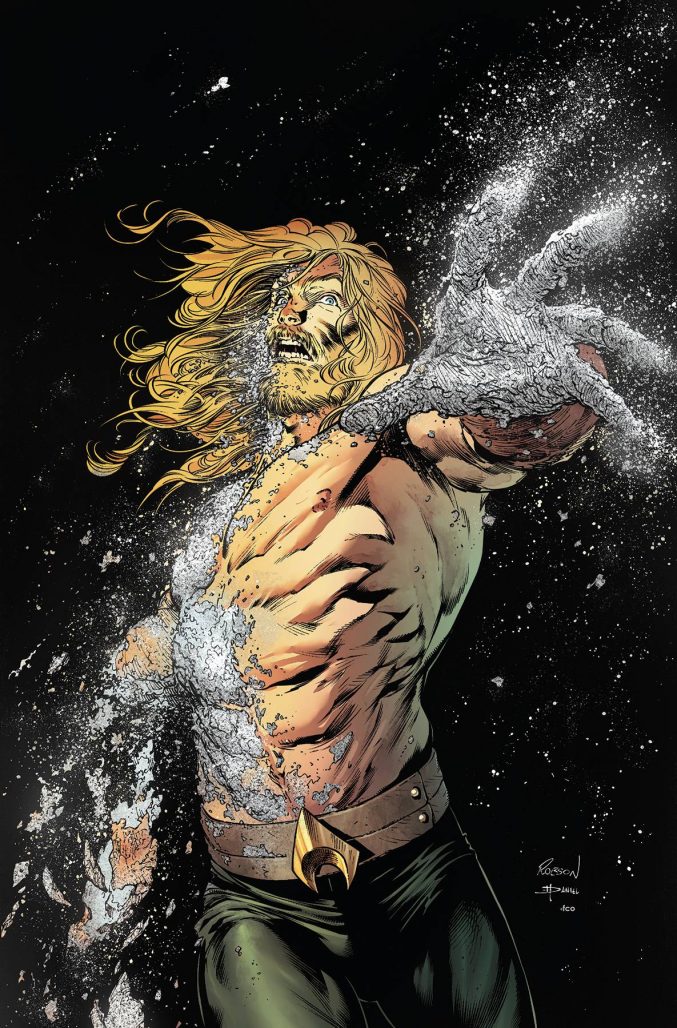
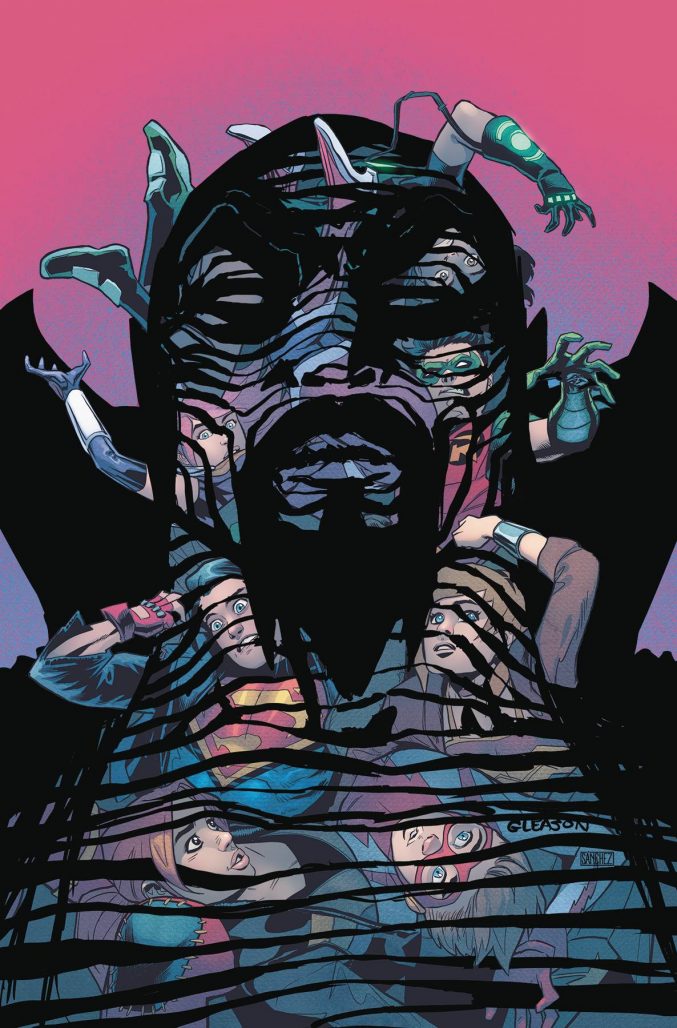
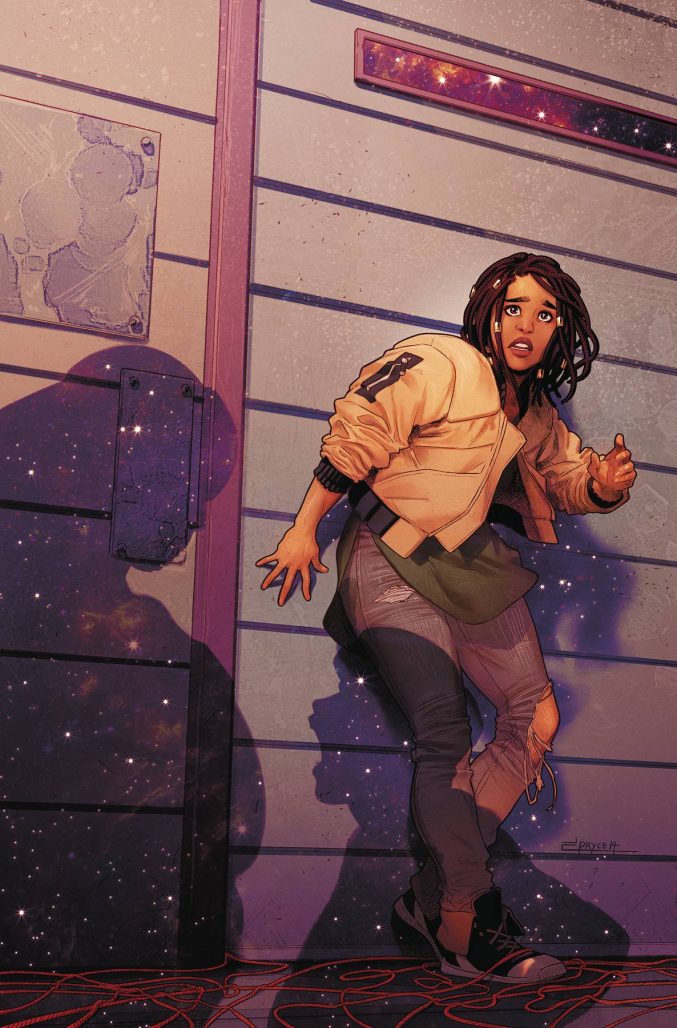
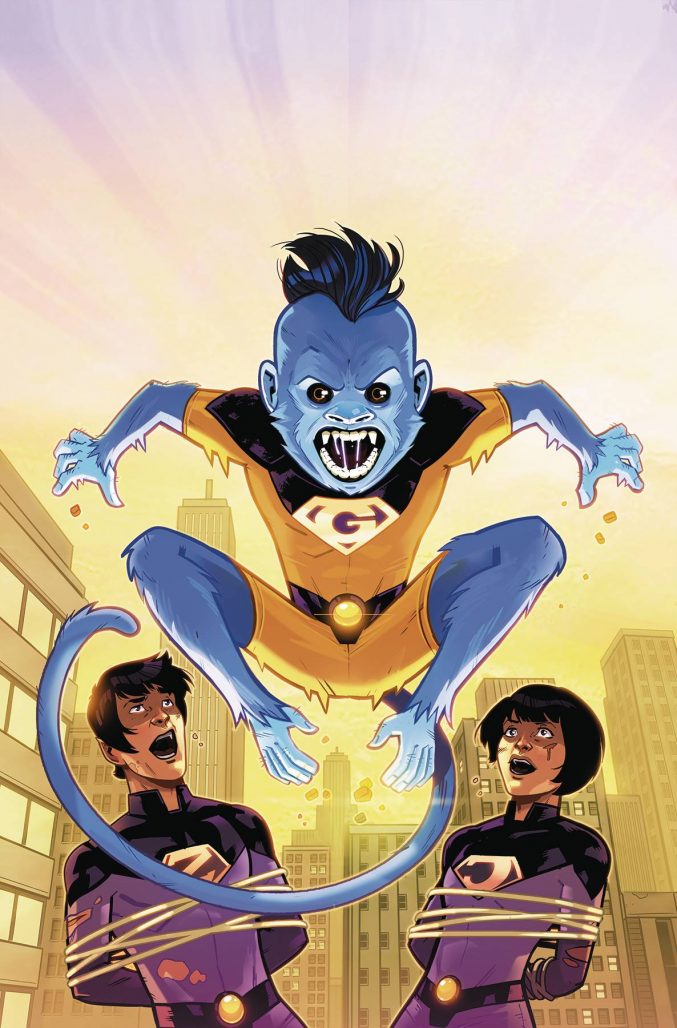
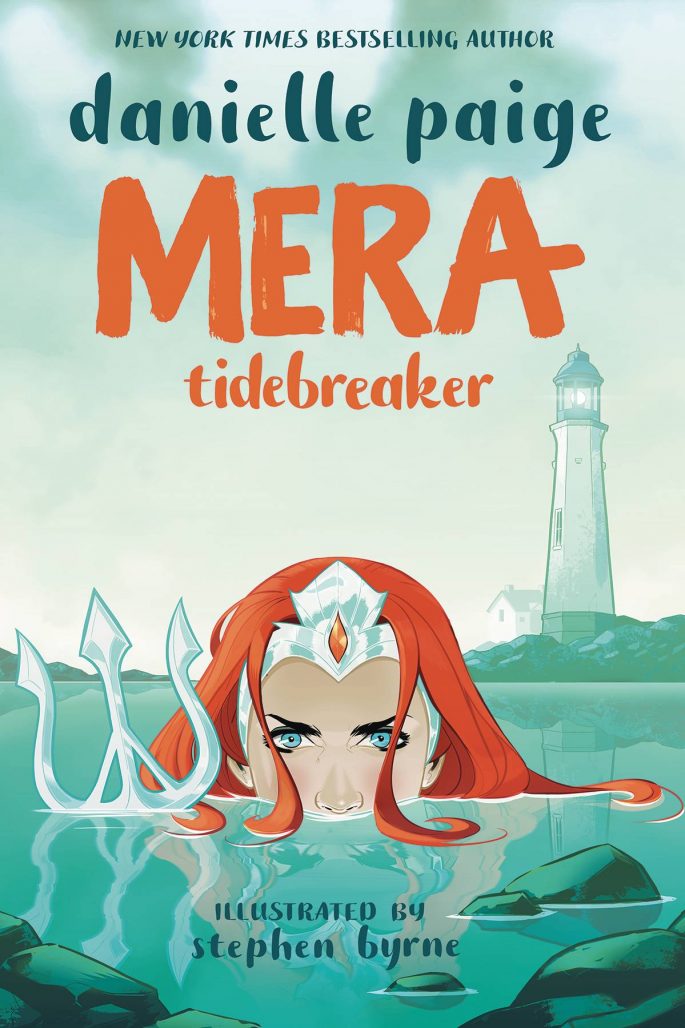
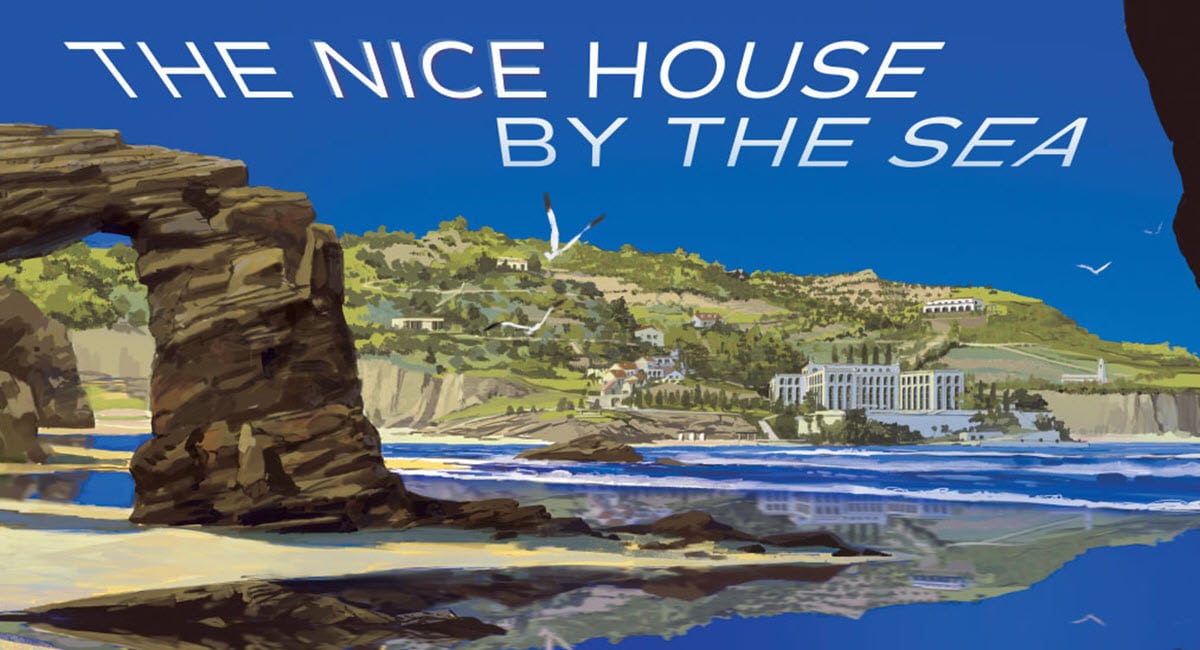

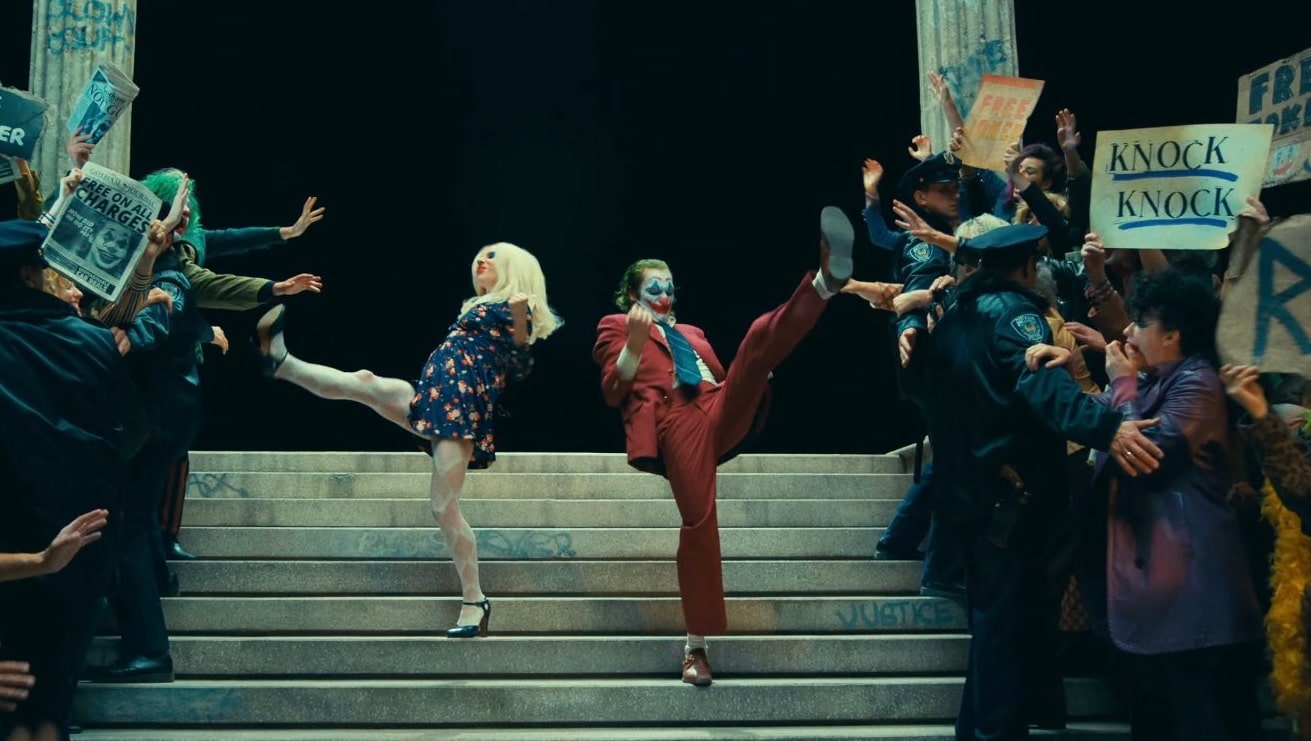
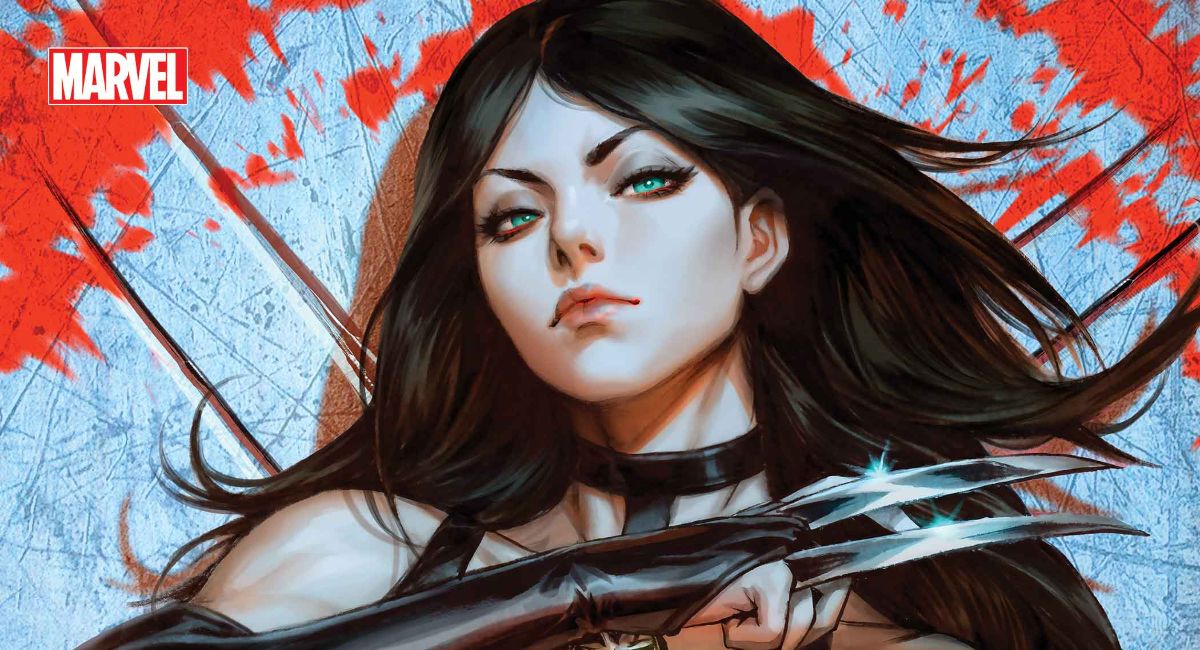

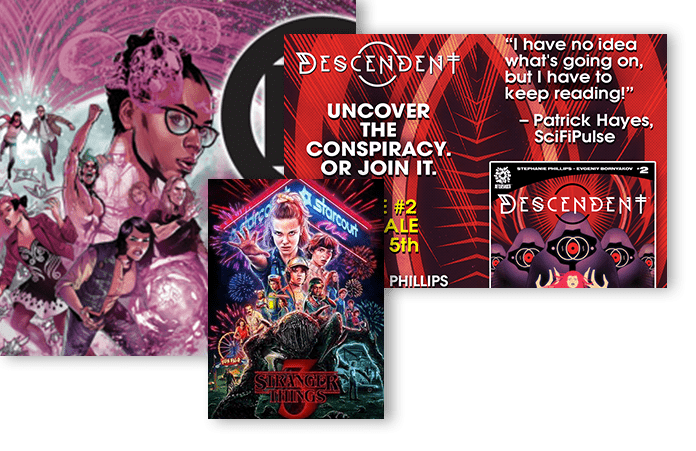
I’ve been pretty on-and-off with DC since I started reading comics back in 1990, but I feel like they’ve been making some pretty interesting industry plays over the past year or so. I’ve been looking forward to their solicitations more and more each month. Can’t wait to see what else they start shaking up.
Comments are closed.